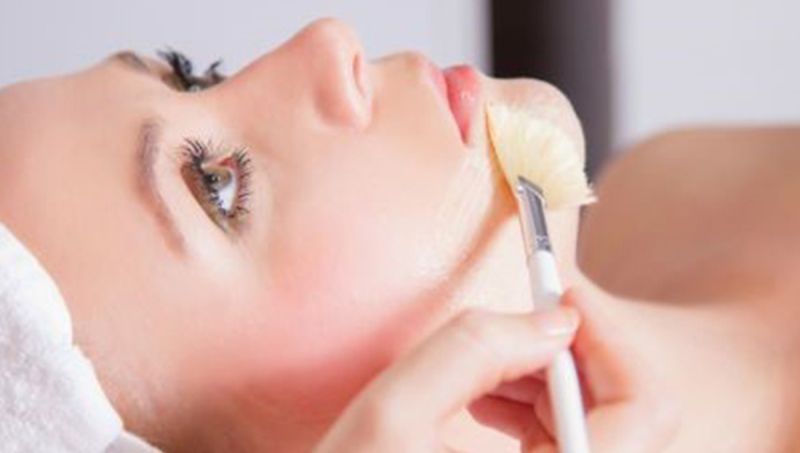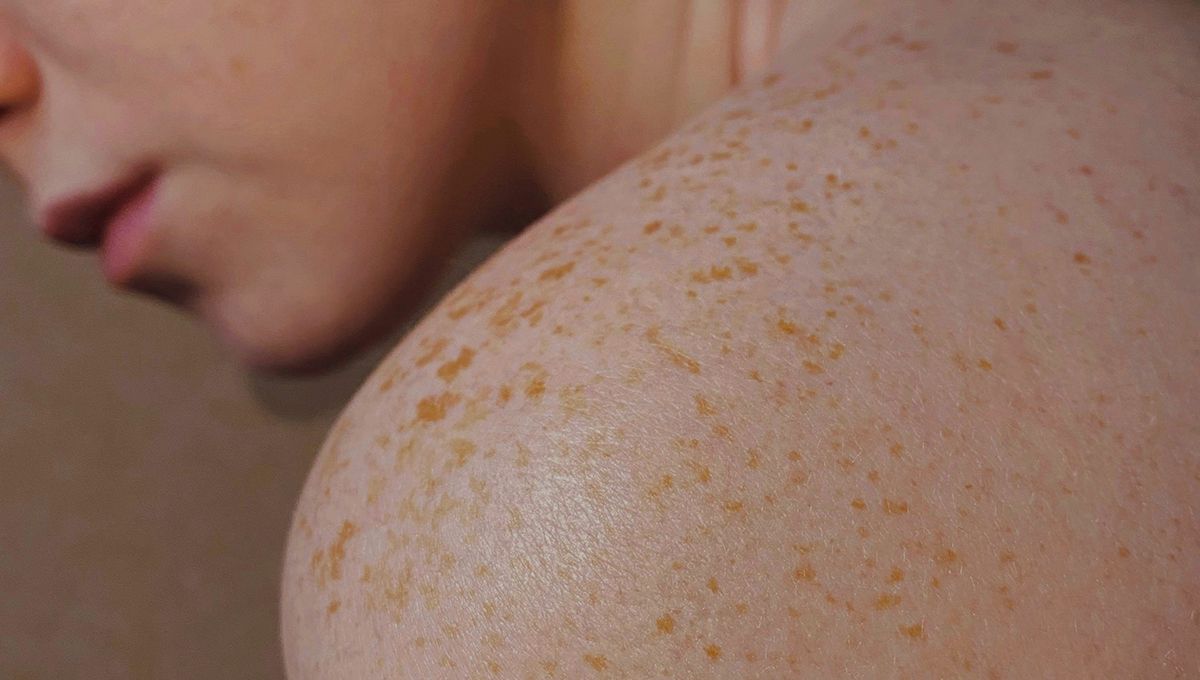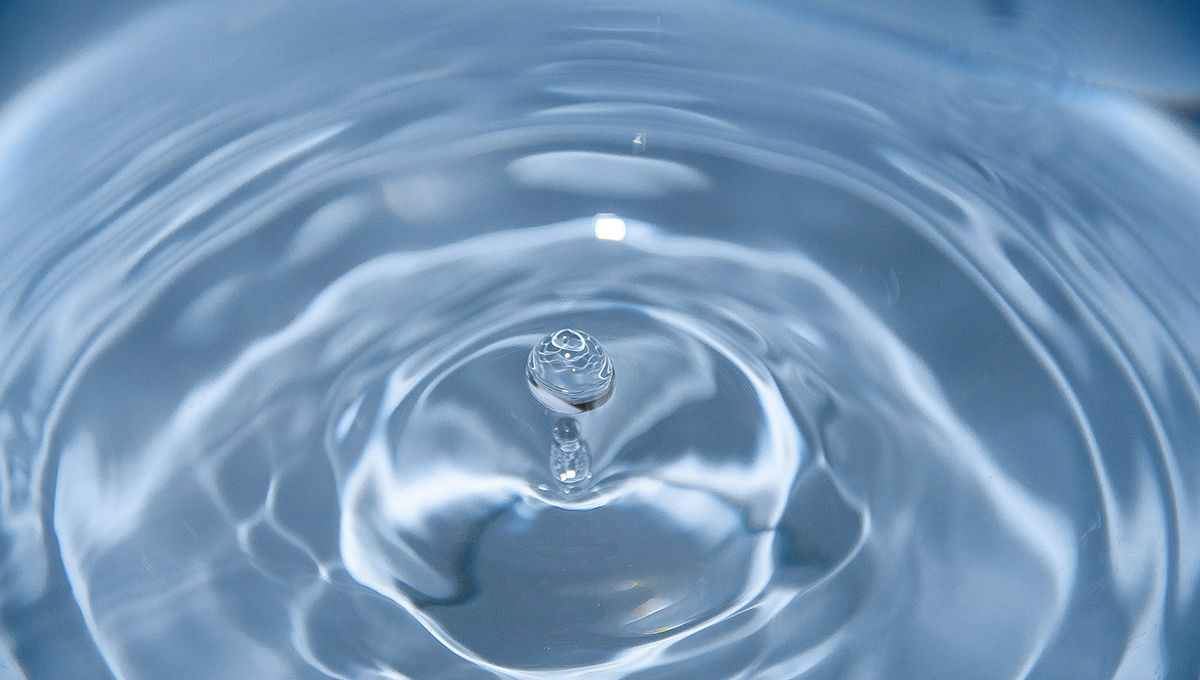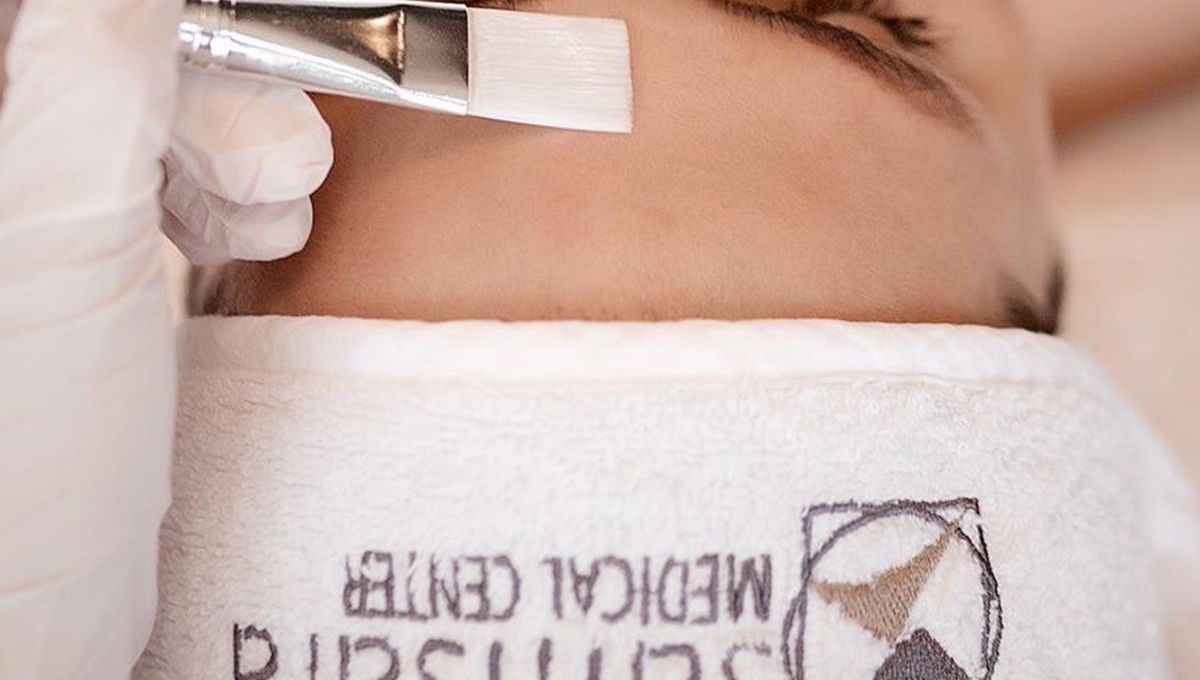
Chemical Peeling
What is chemical peeling? How is it performed?
Let us look at the different types and their indications
Chemical peeling is a dermo-aesthetic treatment used to improve various imperfections such as wrinkles, skin spots, post-acne scars, stretch marks, hyperkeratosis (excessive growth of the stratum corneum of the skin), melasma (local hyperpigmentation of the skin), and acne.
It consists of a chemical exfoliation of the skin that promotes cell turnover and the stimulation of dermal fibroblasts in the synthesis of collagen and elastin.
In order to carry out this exfoliation, special substances called CHEMICAL PEELING are used, the characteristics of which vary depending on the type of imperfection to be treated.
There are many chemical exfoliants currently available, the most commonly used of which are listed below:
Glycolic acid: with a good exfoliating action (which can be more or less deep depending on the concentration used), indicated for acne, skin spots, wrinkles and stretch marks.
Mandelic acid: with gentle exfoliating action, can be used even on the most sensitive skin. Indicated in the case of acne and superficial wrinkles.
Salicylic acid: its use is useful in mild to moderate pustular acne.
Retinoic acid: is the acid form of vitamin A; can only be used in dermatology to treat hyperpigmentation.
Trichloroacetic acid (TCA): particularly aggressive, it is used exclusively in dermatology for scars, melasma, keratosis and very deep wrinkles.
Chemical peelings can be performed both in beauty centres and in medical practices: the aesthetic one acts more superficially than the one performed at dermatological level, which allows treating even deeper blemishes thanks to the use of more aggressive and/or highly concentrated chemical exfoliants.
In this regard, let us see their classification according to the depth at which they are performed:
Very superficial peelings: they only exfoliate the stratum corneum of the epidermis.
Superficial peelings: these act in a slightly deeper manner, reaching down to the basal layer of the epidermis. They are indicated for treating scarring, hyperpigmentation and superficial wrinkles.
Medium peelings: they act in medium depth, at the level of the epidermis and papillary dermis. They are indicated for treating acne scars, papulo-pustular acne, melasma and medium-depth wrinkles.
Deep peelings: they reach the deepest layers of the skin, reaching as far as the reticular dermis. Their use is particularly indicated in the case of very deep wrinkles and scars.
How it is performed
The treatment consists of applying one or more chemical exfoliants to the (dry and clean) skin using a brush. The applied product is then left on for a time that varies depending on the type of exfoliant used and its concentration. After the application time has elapsed, it is removed and the skin is thoroughly cleansed. Finally, as the absorption of the active ingredients is favoured, moisturisers or specific products can be applied after peeling to increase the effect.









